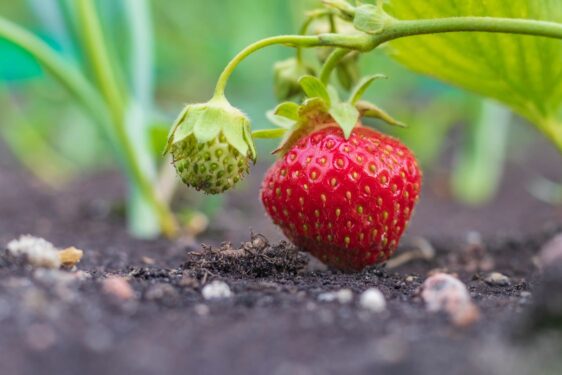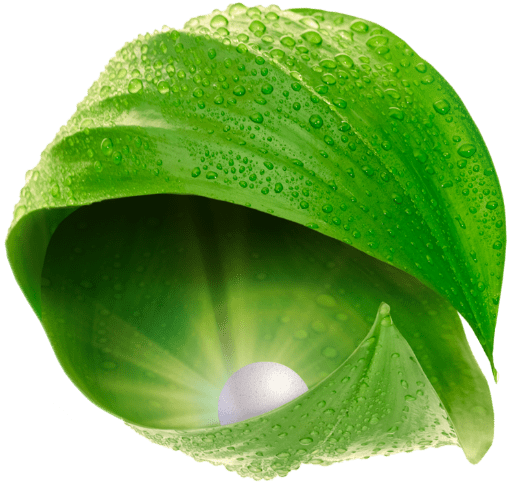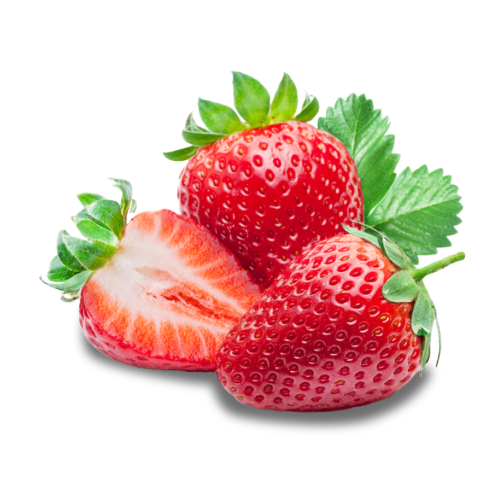
Strawberry
Cultivated strawberry (Fragaria × ananassa Duchesne)
It belongs to the Rosaceae family and is a perennial herbaceous plant, but in production scale it is grown as an annual, biennial or triennial to ensure greater production. Today, most cultivated varieties are the result of crosses between Fragaria chiloensis and Fragaria virginiana or between them and other species. The height of the plant is 15-20 cm and its diameter is 20-40 mm. The genus Fragaria consists of herbaceous plants grown for their large red fruits. The strawberry plant has a very high genetic diversity, which allows it to acclimatise to a variety of environments. It is a plant that is adaptable to a wide range of soils, light sandy loam soils being considered ideal. However, rational nutrition and balanced irrigation are factors which have a significant influence on its growth.
Strawberries have been cultivated for thousands of years for their delicious fruit. It is a plant known since ancient times as the chamomile plant. Its fruit is a rich source of energy (46 kcal/100g) and is rich in vitamin C and antioxidants, essential for the health of the immune system and skin.
Strawberry is cultivated on a large area in Greece, mainly in the Regional Compartments of Achaia and Ilia (20 000 ha, 2022) with an average yield of 4-5 tn/stremma.
Adaptability
Strawberry is a highly adaptable plant and this is due, as mentioned above, to the fact that it is a hybrid of two very different species.
The soil type has a decisive influence on the plant’s diversity. Strawberries grow well in a wide range of soils, but perform significantly better in sandy loam (SL). Strawberry plants prefer slightly acidic soils, with a pH of 5,8-6,5. Where there is sufficient organic matter, they grow in a pH range of 5,0 to 7,0. Strawberry is a moderately salinity-sensitive crop (maximum 3 dS/m and optimum = 1.5 dS/m). Increased salinity in the rhizosphere significantly reduces the development of the root system, the growth rate of the plant and the uptake of water and nutrients.
It is important to avoid poorly drained soils as well as stony soils. Strawberries are demanding in terms of soil moisture and during the growing season they need 600-900 m3 of water per acre. Its drought tolerance is very low as it needs soils with high water capacity.
Like many temperate zone species, strawberries develop a state of lethargy in autumn which they overcome with the low temperatures of winter. Strawberries need temperatures of 8 to 15 °C to germinate. In the greenhouse, the optimum soil temperature ranges from 12 to 15oC, the optimum daytime temperature is 16 to 22oC and at night 10 to 13oC.
For excellent growth and maximum utilisation of the genetic potential of strawberries, it is necessary to meet their nutritional requirements at the right stage and in the ideal quantity-ratio.
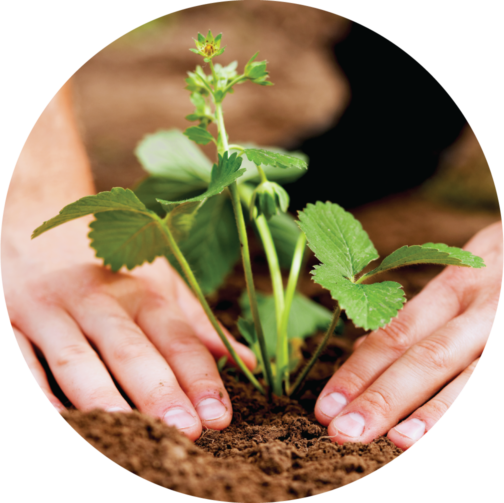
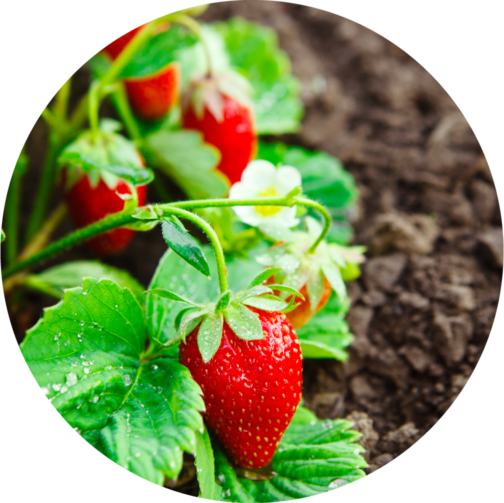
Particular characteristics
Rational nutrition of the strawberry crop is one of the most effective ways to increase its growth and productivity. A rational nutrition program should aim to optimise inputs, increase quality yield, while protecting the environment, soil fertility and crop viability.
The phenological stages of strawberry development are divided into the following (BBCH Meier et al., 1994):
- Sprouting and differentiation of flower buds
- Foliage development (1-9 compound leaves)
- Development of stolons and formation of young plants
- Emergence of first flowers from the base of the rosette
- Flowering (from the opening of the first flower to the ripening and falling of the petals)
- Fruiting (the first achenes start to become visible)
- Maturation of the fruit. The colour change in flowering plant changes from green → white → white- pink → pink → red → deep red or crimson (overripe)
- Ageing/ onset of Lethargy
Nutrition products applied according to the following principle., appropriate quantity, appropriate application timing at the right phenological stage, appropriate type and appropriate application method, enhance important cultural factors such as development of flower buds, load-germination balance, enhancement of photosynthetic activity and adequate coverage of nutrient requirements.
However, before applying fertilisers, it is recommended that both the physico-chemical properties of the soil and the results of the foliar diagnostic analysis are known precisely.


